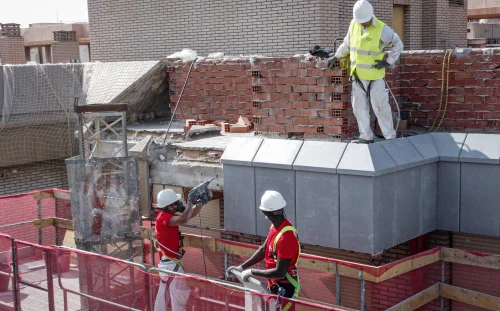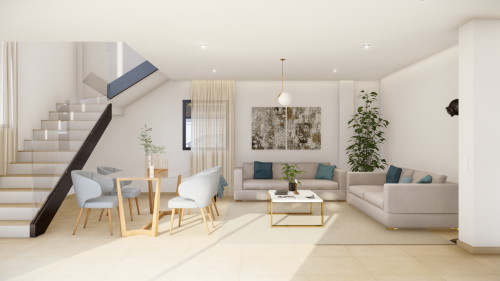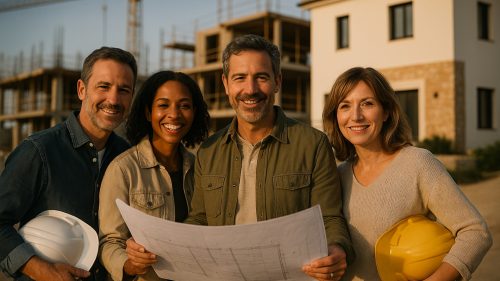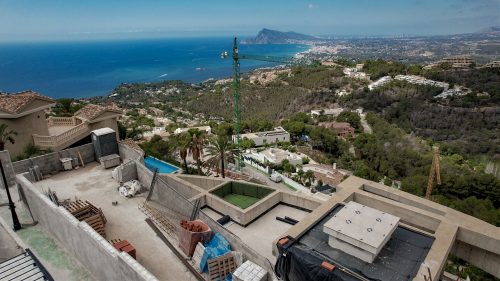The term Hygge (pronounced “juga”) comes from the Danish language and refers to a sense of comfort, warmth, and well-being in everyday life’s simple details. Although traditionally associated with interior design, the concept has found its place in the world of construction and architectural design, where it seeks to create spaces that are functional, welcoming, and relaxing.
Hygge is not a specific design style but a philosophy of life that promotes the enjoyment of simplicity and comfort. Hygge means creating spaces that convey peace and tranquility in construction and interior design, using natural elements, soft textures, and warm lighting.
Main characteristics of the Hygge style in construction:
1. Natural materials: Natural materials: wood, stone, wool, cotton… Emphasizes the importance of natural materials in creating warm and cozy environments. From wooden beams in ceilings to floor and wall coverings, the presence of these materials helps to create an organic and relaxing environment.
2. Warm and natural lighting: Warm, natural lighting: Light plays a crucial role in Hygge design. Artificial lighting should be warm and dim, simulating natural sunset light. As for natural light, it is recommended to maximize its entrance through large windows, skylights, or even glass walls that allow spaces to be flooded with brightness during the day.
3. Soft and neutral colors: It shows how light and natural colors convey tranquility and well-being. The color palette in the Hygge style is based on neutral tones, such as white, beige, gray, and brown. These colors provide a calm background that can be complemented with subtle touches of color through textiles or small decorative details.
4. Functional and cozy spaces: Hygge design focuses on functionality without sacrificing comfort. Spaces should be open and allow for easy flow but should also have cozy nooks and crannies for relaxing, reading, or chatting. It is important to include areas with comfortable seating, blankets, and soft cushions that invite you to linger and enjoy the moment.
The Hygge style is technically connected to construction aspects such as thermal insulation, natural ventilation, integration with nature, and sustainability. The goal of this style is to achieve excellent comfort, energy efficiency, and healthy living environments. At personalHOME, we design our homes with the Hygge style in mind, focusing on these key points:
Planning and design: Planning and design: We offer tips on how to design a home that exudes hygge from the start. For example, by incorporating wooden ceilings with exposed beams, we add a sense of warmth to the rooms.
Choice of materials: We help our clients choose the right materials to create a cozy atmosphere. Natural materials in the structural elements or organic textiles in the decor are practical examples of our proposals.
Space distribution: we explain how to distribute spaces to maximize comfort and well-being. For example, using large windows to allow natural light to flood the spaces is an excellent solution for this style.
Decoration: We offer decoration ideas to create a Hygge atmosphere in any room. Decorating with fireplaces or wood stoves not only provides warmth but also creates focal points that invite gatherings and relaxation.
More and more clients are demanding healthy and comfortable living spaces. It is not only a question of building trends and fashions, but society is acquiring values and philosophies of life with new peculiarities that influence the design of their homes. At personalHOME, we are aware of these new needs and work with expertise across all architectural styles available on the market. Hygge is a reality that embraces a more peaceful and mindful life, promoting well-being and happiness.



